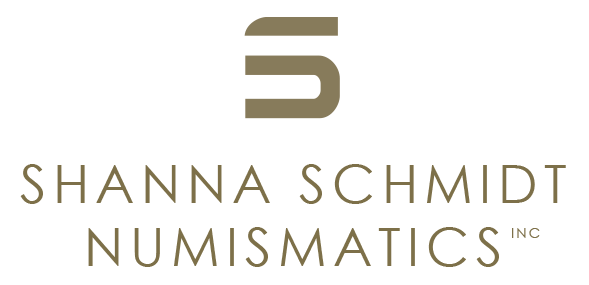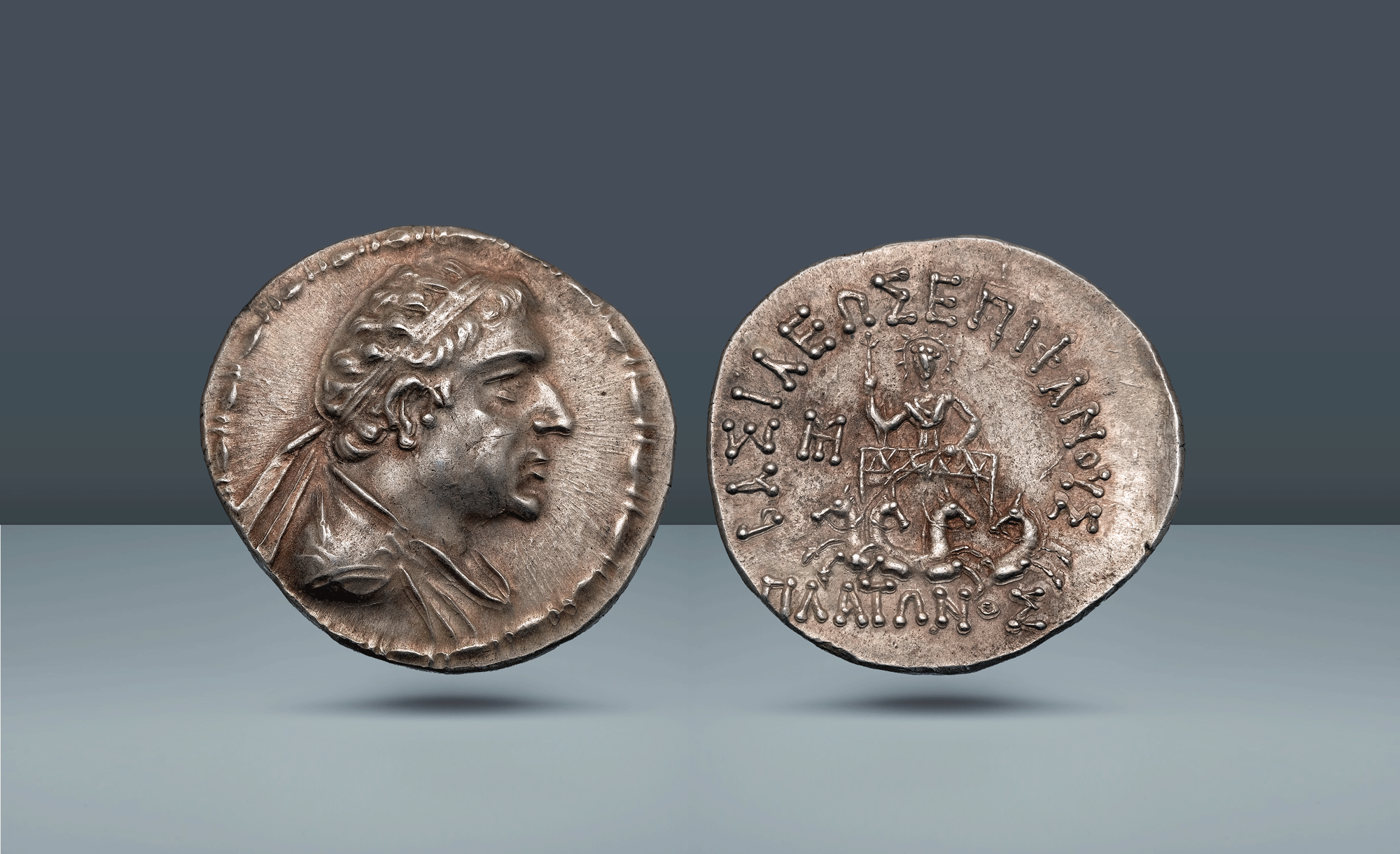Indo-Greek, Baktrian Kingdom. Plato, 145-140 BC, c. 145-140 BC
Indo-Greek, Baktrian Kingdom. Plato, 145-140 BC, c. 145-140 BC
AR Tetradrachm, 17.03g (24mm, ).
Diademed and draped bust of Plato r. Fillet border / ΒΑΣΙΛΕΩΣ ΕΠΙΦΑΝΟΥΣ ΠΛΑΤΩΝΟΣ Radiate figure of Helios standing facing on quadriga; in l. field, monogram.
References: Bopearachchi 1, SNG ANS 628, Mitchiner 198, Qunduz 388.
Grade: An extreme rarity. Light iridescent toning with minor traces of double striking on reverse, otherwise EF
gk1996
Scroll down for more information about this coin.
Despite being one of the last Greek kings to rule in Bactria, or perhaps because of it, Plato’s coinage stands as testament to the fragility of imperial power. This claim is backed up by the fact that there were no coins of Plato discovered during Aï Khanoum excavations. A notable fact, as the city had been destroyed during the reign of Eukratides I, Plato’s father. This means that most likely all local Greek forces fled and that there were no significant efforts to rebuild. As a result, Greek political influence quickly retreated from the area, leaving only an intriguing artistic legacy. This legacy can be seen in the fascinating Gandhara art of central Asia. This Buddhist artform reached its height several centuries after the retreat of Bactrian power, and was further influenced by later Roman traders. Despite the fact that during the period of direct Bactrian rule local art depicted western themes in a western style, this later style embodied a dramatic cultural blending of Central Asian and Western European art and culture. It can be jarring to see a Buddha with distinctly European facial features and hairstyles.

